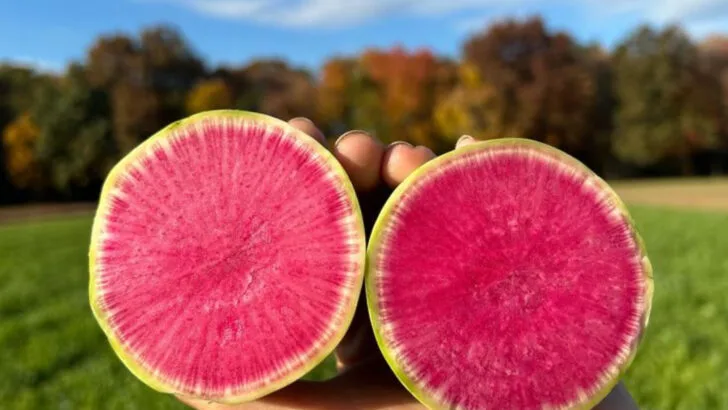Getting kids to eat their vegetables can feel like a never-ending battle—unless those veggies look like they came out of a storybook. Colorful edible plants don’t just brighten up your garden; they also spark curiosity and make healthy eating fun for little ones. When a tomato looks like a rainbow or a bean curls like a spiral, even picky eaters get interested.
Many edible plants are naturally vibrant, but some are so striking they almost don’t seem real—think purple carrots, candy-striped beets, or blue potatoes. Others offer fun textures and shapes, like lemon cucumbers or mini bell peppers that are perfectly snack-sized. These playful varieties are not only nutrient-rich, they’re also surprisingly easy to grow in containers, raised beds, or even windowsill pots.
In this article, we’ve gathered 15 edible plants that combine color, flavor, and kid appeal in the best possible way. Whether you’re trying to get your children more involved in gardening or just hoping they’ll eat something green (or purple, or orange…), these plants turn meals into mini adventures.
Rainbow Carrots
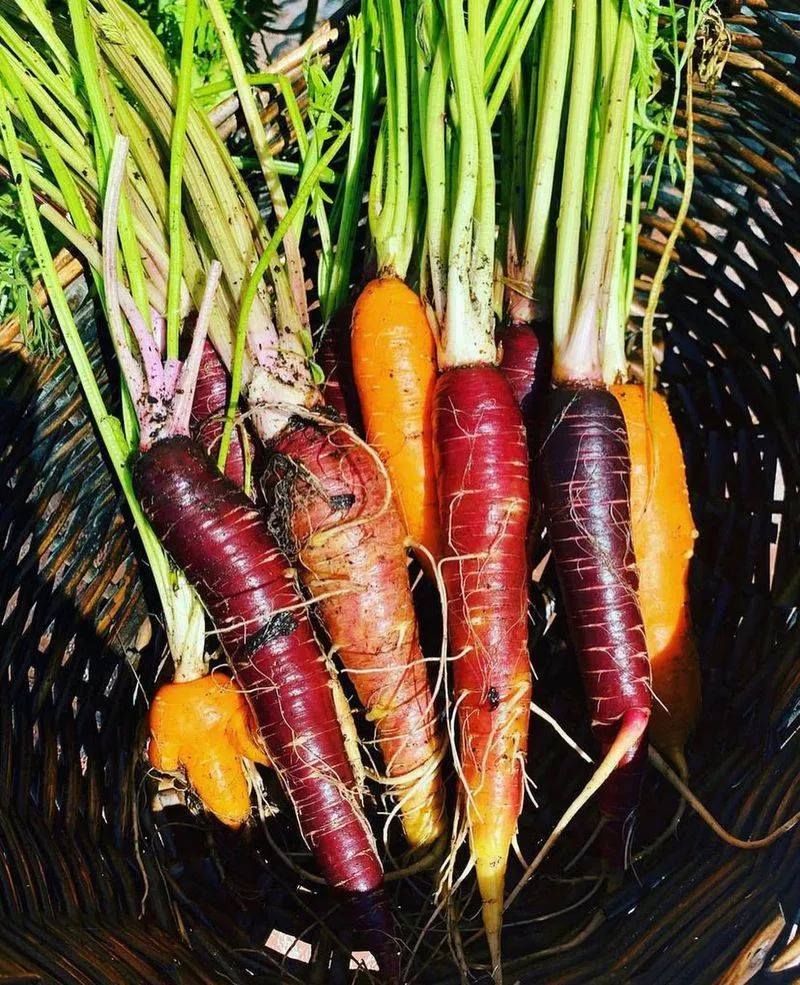
Did you know carrots can be more than just orange? Rainbow carrots offer a spectrum of colors from purple to yellow, each with its own unique flavor. These colorful veggies not only catch the eye but are packed with nutrients. Rich in fiber and vitamins, they make a perfect snack or salad ingredient.
Serve them raw for a crunchy treat, or cook them to bring out their natural sweetness. Kids are often fascinated by their unexpected hues, making them a great addition to any meal. It’s a fun way to introduce a veggie variety without the fuss.
Cherry Tomatoes
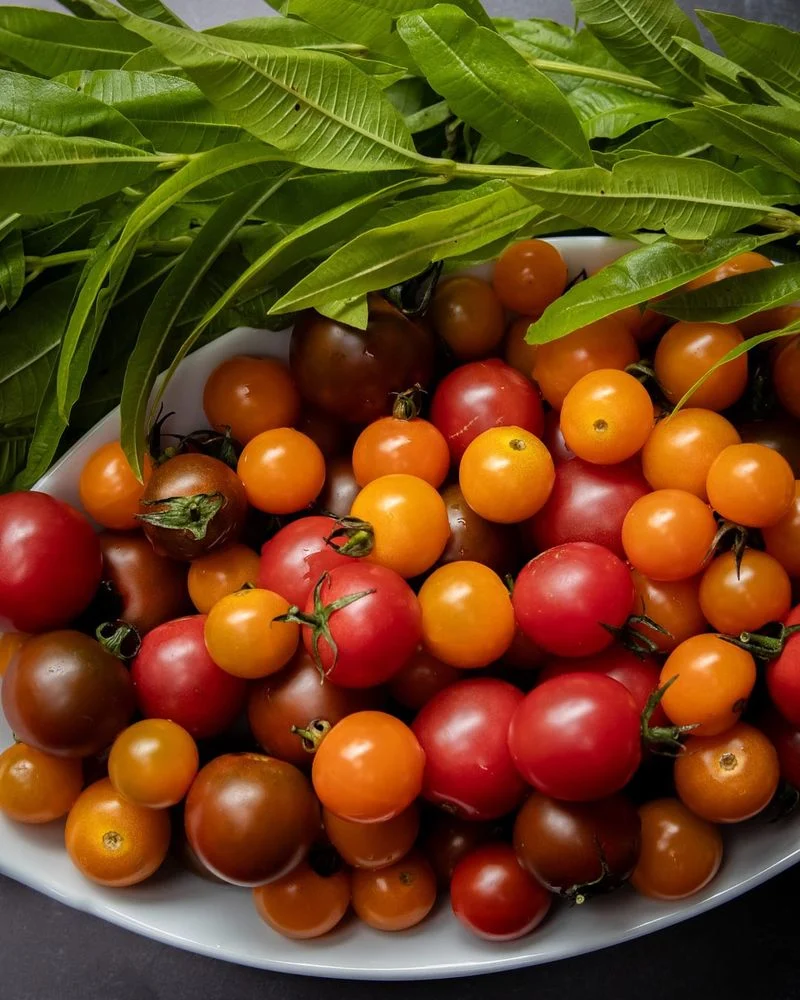
With their bite-sized appeal, cherry tomatoes are a hit among kids. These tiny bursts of flavor come in a kaleidoscope of colors, from deep reds to sunny yellows. Their sweetness and juiciness make them a delightful snack straight off the vine.
Nutritionally, they’re a powerhouse of vitamins A and C. Toss them in salads, use them in pasta, or simply enjoy them as a fresh snack. Cherry tomatoes entice kids with their playful size and vibrant colors, encouraging healthier eating habits without any added pressure.
Purple Cauliflower
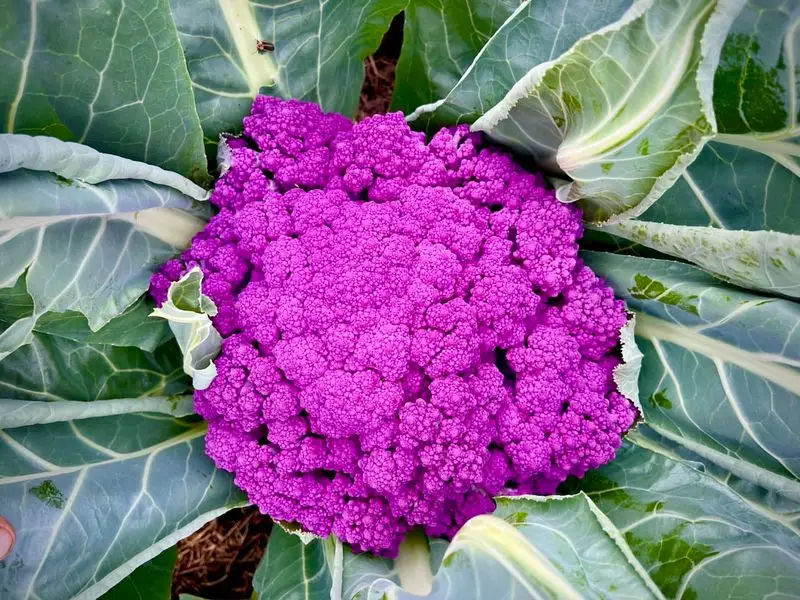
Purple cauliflower isn’t just a feast for the eyes; it’s packed with antioxidants that are beneficial for health. This striking vegetable retains all the goodness of regular cauliflower but with a unique twist.
Its mild, nutty flavor can be a pleasant surprise for kids. Roast, steam, or mash it, and watch it become a family favorite. The vibrant purple naturally draws in curious little eaters, making it an excellent choice for parents looking to add more nutrition to meals.
Sweet Bell Peppers
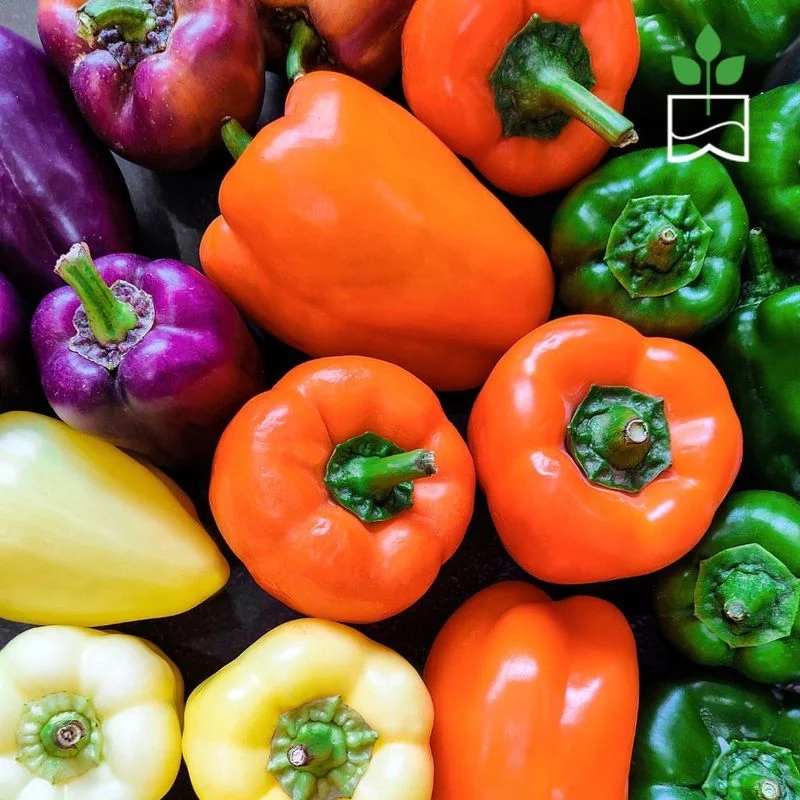
Sweet bell peppers add a splash of color and sweetness to any meal. Available in red, yellow, and orange, these peppers are both visually appealing and nutritious. They’re high in vitamin C, making them a great immune booster.
Their crisp texture and sweet taste are particularly appealing to kids. Use them in salads, stir-fries, or stuffed as a main dish. The variety of colors not only makes plates look exciting but also encourages children to try new flavors.
Strawberries

Strawberries are a beloved fruit that needs no introduction. Their bright red color and sweet aroma are irresistible to children. Beyond their delightful taste, they’re rich in vitamin C and manganese.
Whether eaten fresh, dipped in chocolate, or blended into smoothies, strawberries are a versatile snack. Their natural sweetness makes them a favorite among kids and an excellent way to introduce more fruit into their diet.
Swiss Chard

Swiss chard might surprise you with its colorful stems, ranging from red to yellow. This leafy green is not only visually stunning but also loaded with vitamins K, A, and C.
Its slightly bitter taste can be softened by sautéing or adding it to soups and stews. The rainbow-like appearance of Swiss chard often intrigues kids, making it an attractive option for those hesitant to eat greens.
Purple Cabbage

Purple cabbage is not only beautiful but also a nutritional gem. Its rich color indicates a high level of antioxidants, which are great for health.
This versatile vegetable can be used in salads, slaws, or even as a colorful garnish. Its crunchy texture and mild flavor usually appeal to kids. The eye-catching purple hue makes it an exciting addition to meals, encouraging children to explore different vegetables.
Blueberries
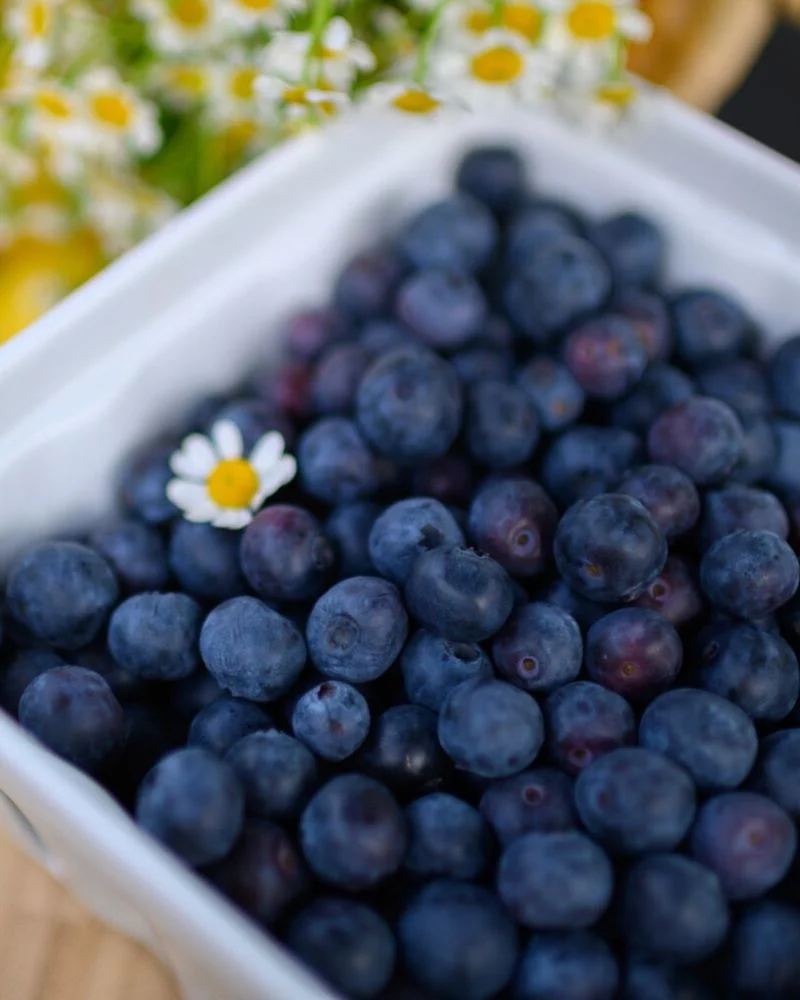
Bursting with flavor, blueberries are tiny fruits that pack a punch. Their deep blue color is a sign of being rich in antioxidants and vitamins C and K.
Perfect for snacking, adding to cereal, or baking into muffins, blueberries are both versatile and delicious. Kids often love their sweet-tart taste, and the small size makes them easy to eat. Including blueberries in a child’s diet is a tasty way to boost their intake of essential nutrients.
Yellow Squash
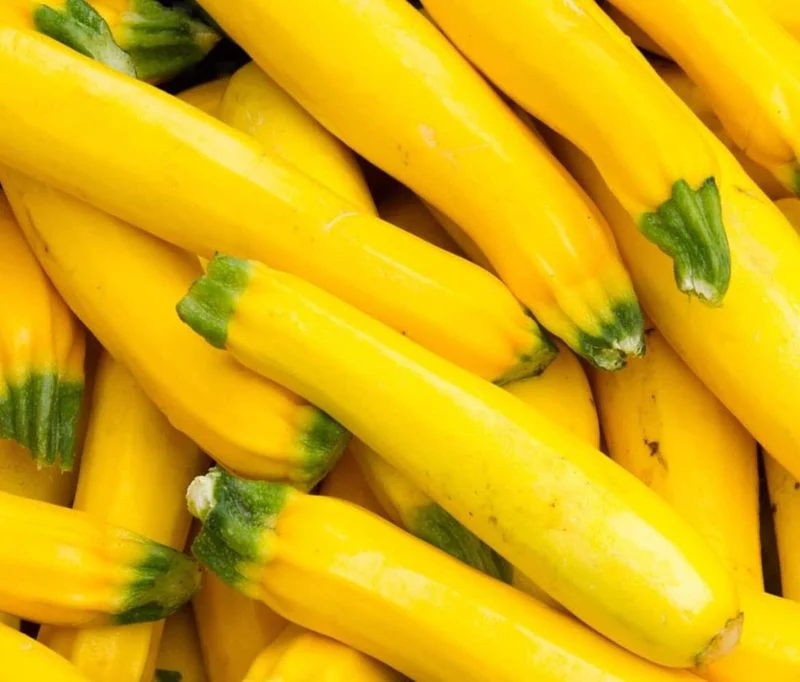
Yellow squash, with its sunny color and mild taste, is a favorite among young eaters. It’s low in calories yet high in vitamin C and potassium, making it a healthy choice.
Whether grilled, roasted, or added to casseroles, yellow squash is versatile and easy to prepare. Its cheerful color can brighten up any dish, enticing kids to try something new. The mild flavor is often a hit with picky eaters.
Red Raspberries
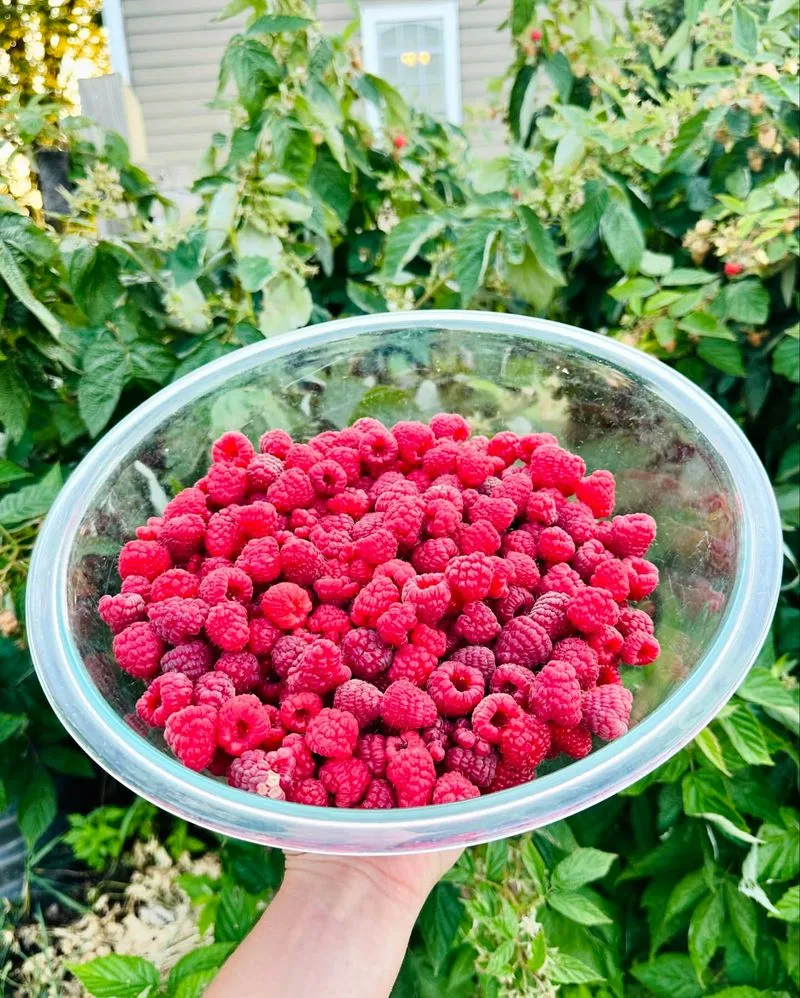
With their jewel-like appearance, red raspberries are as delightful to look at as they are to eat. They offer a sweet-tart flavor that kids generally adore.
Rich in fiber and vitamin C, these berries are perfect for snacking, adding to yogurt, or blending into smoothies. Their vibrant red color and juicy texture make them a fun and nutritious addition to any kid’s diet.
Kale
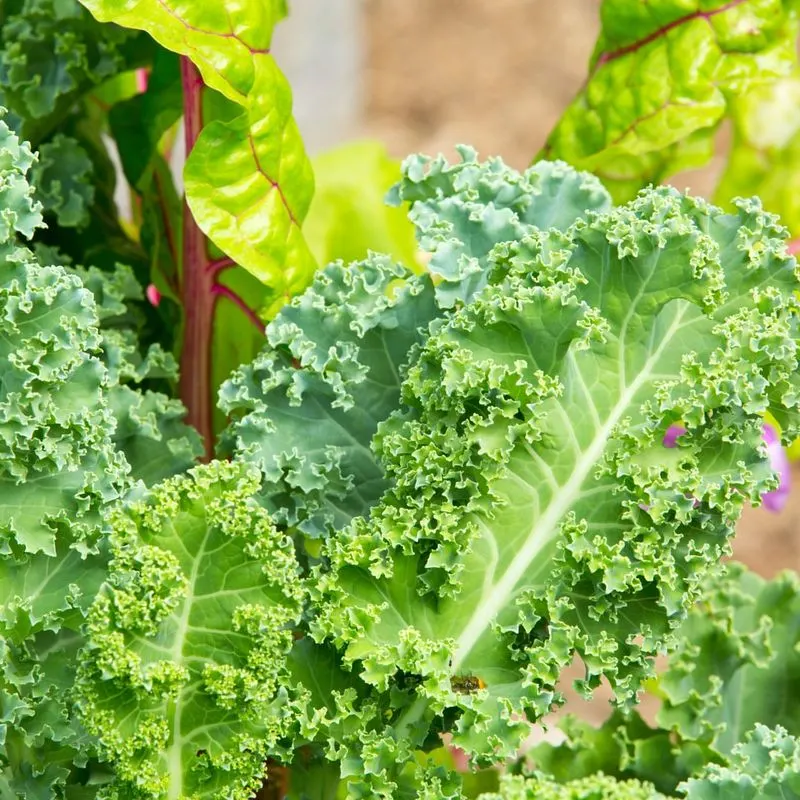
Kale might not be the first vegetable on a child’s wish list, but its impressive nutrient profile is worth the effort. Loaded with vitamins A, C, and K, it’s a true superfood.
To make it more appealing, try baking kale chips or adding it to smoothies. The slightly bitter taste can be masked when incorporated into flavorful dishes. Introducing kale creatively can turn it into a staple in your family’s meals.
Golden Beets
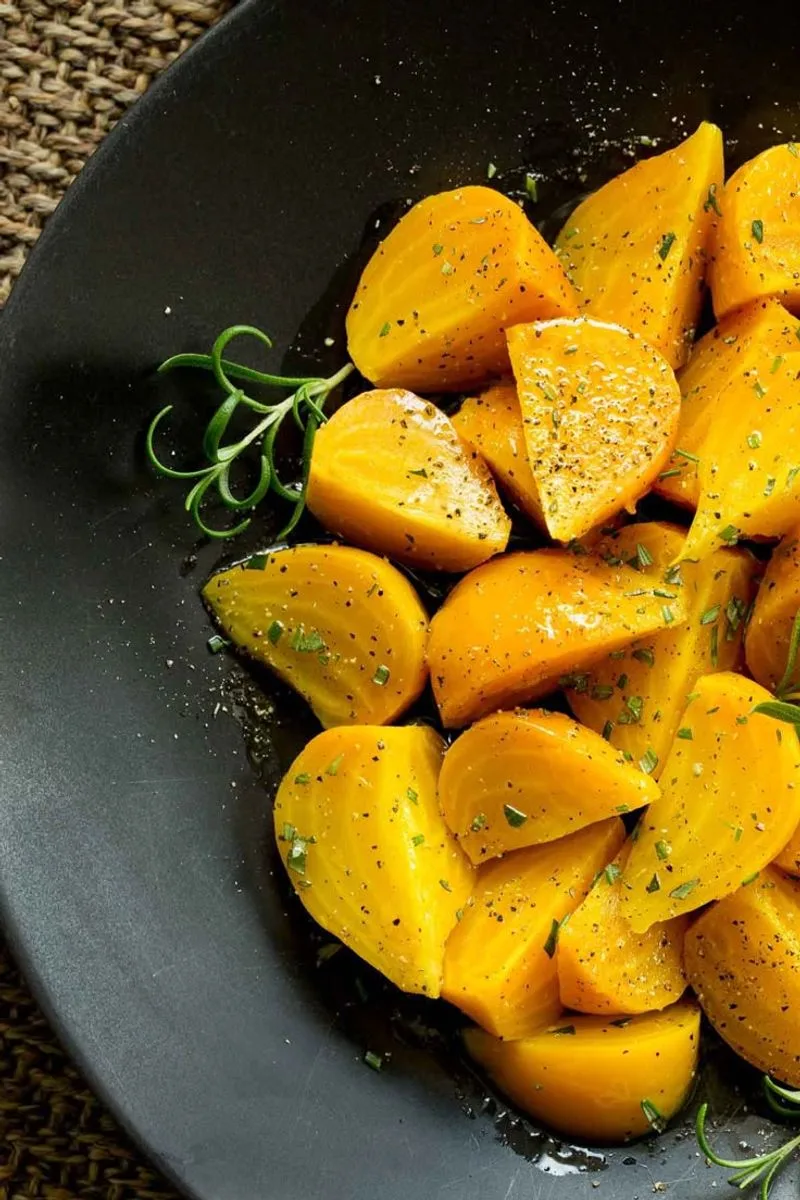
Golden beets bring a sweet, earthy flavor to the table, along with a vibrant yellow hue. They’re rich in fiber, folate, and potassium, offering nutritional benefits that are hard to beat.
Roasting brings out their natural sweetness, making them appealing to young palates. The unique color can intrigue kids, encouraging them to give beets a try. Incorporating golden beets into meals is a flavorful way to introduce variety.
Watermelon Radishes
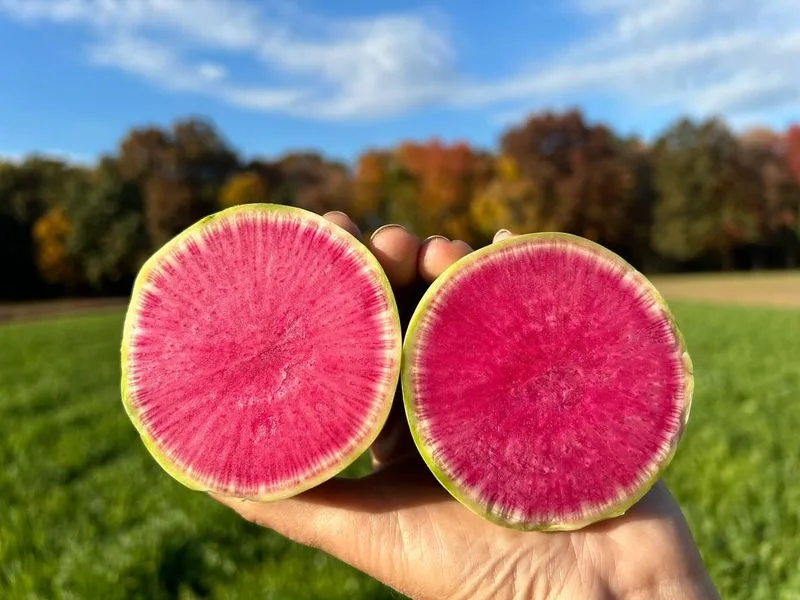
Watermelon radishes are a feast for the eyes with their striking pink interior and green exterior. They offer a peppery flavor that’s milder than regular radishes, making them kid-friendly.
Slice them thin and add to salads or serve as a colorful snack. The unexpected color and mild taste can entice children to experiment with new flavors. Adding watermelon radishes to meals is a creative way to introduce diversity in textures and tastes.
Orange Sweet Potatoes

Orange sweet potatoes are a staple in many households, and for good reason. Their natural sweetness and creamy texture are adored by kids.
Rich in vitamin A and fiber, they’re a healthy addition to any meal. Whether mashed, roasted, or made into fries, sweet potatoes offer versatility and flavor. The bright orange color appeals to young eaters and encourages them to try different preparations.
Red Bell Peppers
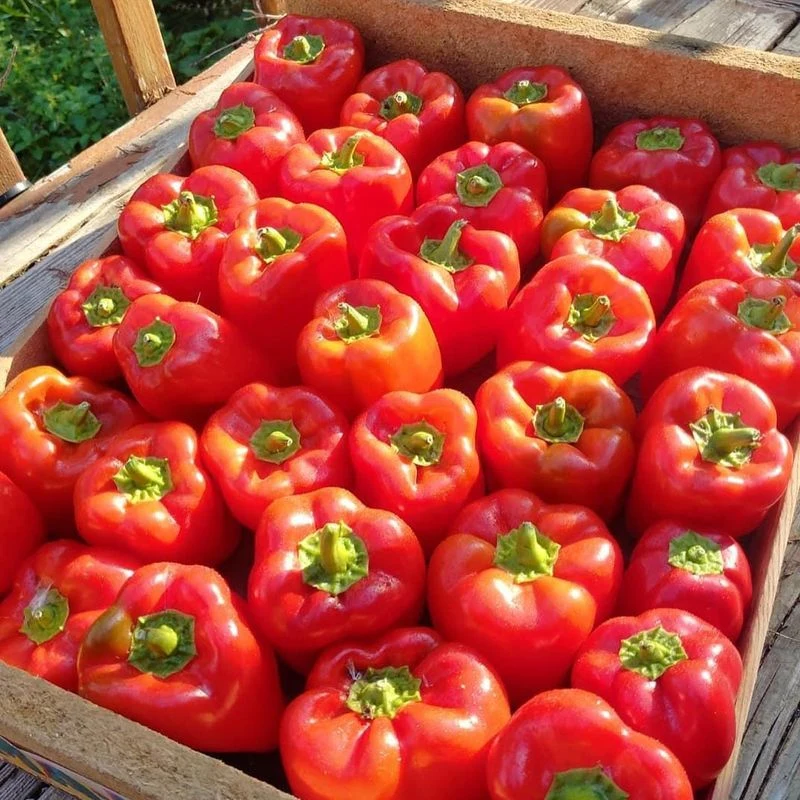
Red bell peppers are a sweet and crunchy favorite among children. They’re an excellent source of vitamin C and antioxidants, supporting overall health.
Slice them into sticks for a healthy snack, or add them to pizzas and pastas for extra flavor. The vibrant red color is visually appealing, making it easier for kids to try and enjoy. Including red bell peppers in meals promotes a colorful and nutritious diet.

